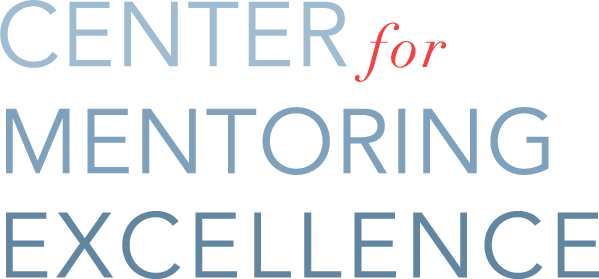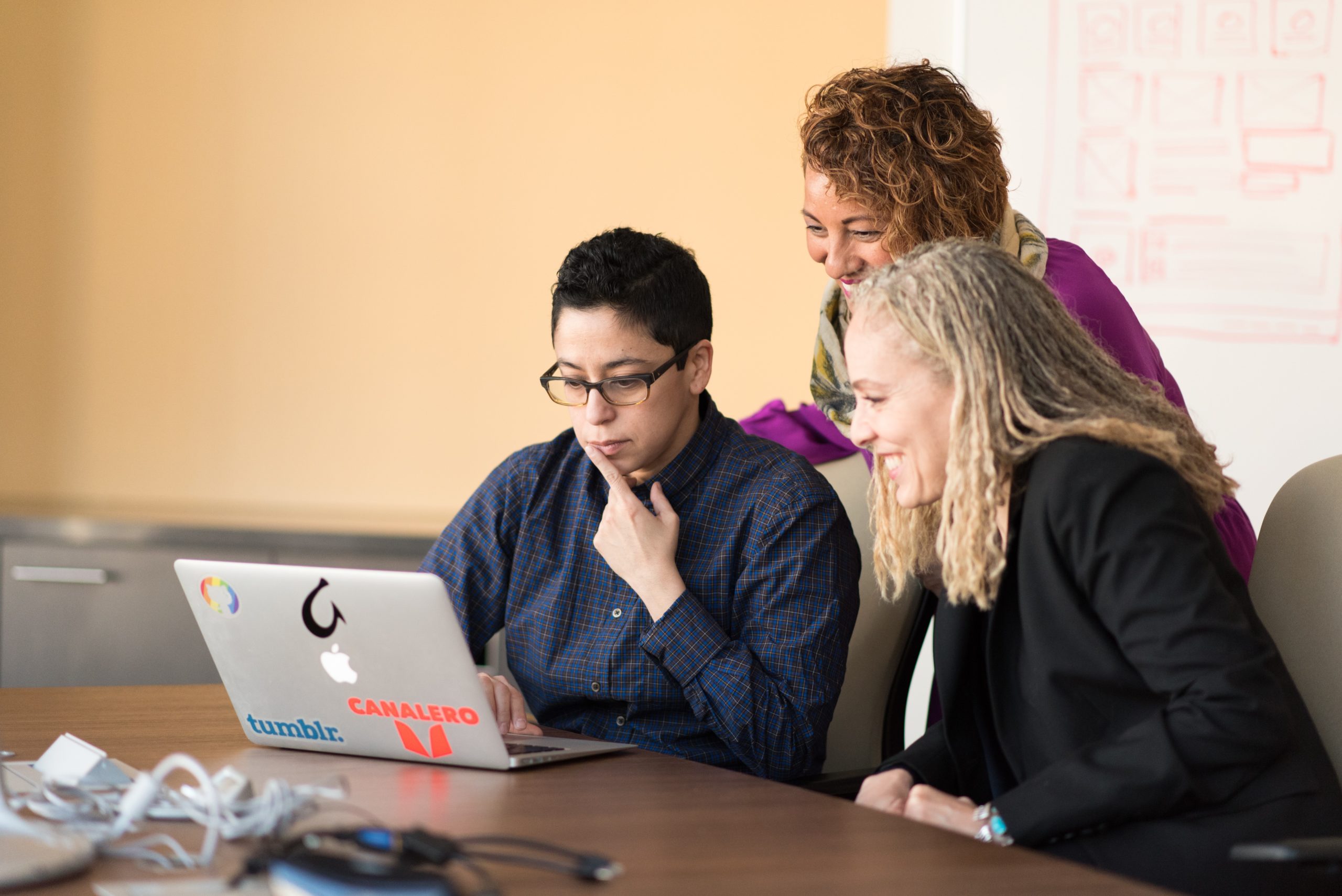As our society navigates through an increasingly heightened collective consciousness about race, so many of us are wanting to know what we can do to become anti-racist. While all action should begin with learning, it must not stop there. Indeed, there is an important role mentors can play in thwarting racism in the workplace and promoting an inclusive and equitable work environment– the role of ally.
In order to be an ally, one must engage in allyship – which requires action. To wit, Ally is a verb, not a noun. To ally is to actively thwart oppression or racism as it is encountered in one’s life. Allyship requires more than a label or lapel pin. Rather, a person serves as an ally every day when they are willing to put their own comfort aside for the sake of promoting racial equality.
Find an allyship partner.
An integral part of allyship is surrounding yourself with people who are also on the allyship journey. This work can be isolating and challenging, so having a partner or list of people you can call on is essential. Just as mentoring is reciprocal, so is any partnership focused on becoming a better ally. You will need to lean on each other and seek each other out for advice perhaps more than in a typical mentoring relationship. In this case, a partner may be someone who is on a similar journey who can provide peer accountability and a sounding board. One of you may have more experience with allyship, but that does not mean that the other person won’t need additional support.
Significance of Race.
If you are white, it is important that when you select an allyship advisor, you choose someone who is also white. Why? Unlike more traditional mentorships where relationships across difference are not only valuable but encouraged, in this case, the work to be done in thwarting racism is best first done with someone of the same race as you. When processing racism, oppression, power, privilege, and fragility it can be taxing for participants in the conversations. Being an ally means that you will do what is within your power to ensure that you are not putting additional emotional labor on people of color.
Our Series on Allyship.
In this series we will discuss three themes of allyship as it relates to mentoring: Getting Educated, Create Space, and Walk the Talk. In Getting Educated we will discuss the foundations of allyship, resources, and reflection questions that you and your mentoring partner can work through together. In the next post, Create Space, we will elaborate on two very critical pieces that take immense amounts of courage: welcoming feedback from BIPOC peers and fellow allies regarding you behavior and learning how to amplify marginalized voices in the workplace. Lastly, we will conclude our allyship through mentoring discussion with a summary of how it may look to be an Everyday Ally. This work is hard, and never ending. Mentoring pairs will need strategies to keep moving forward and engaged with this difficult material. Along the way you may feel burnt out or find yourself checking out of conversations. This is completely normal, and we will discuss how you and your mentoring partner can develop a plan to get back on track.
Action Steps.
Take the time to identify a partner, establish ground rules, what you hope to learn, and some goals you and your partner will work towards. After creating your foundation, stay tuned for our next post on “Getting Educated” where we will discuss what type of material to review, the importance of reflection, and how you can do this work with a mentoring partner.




